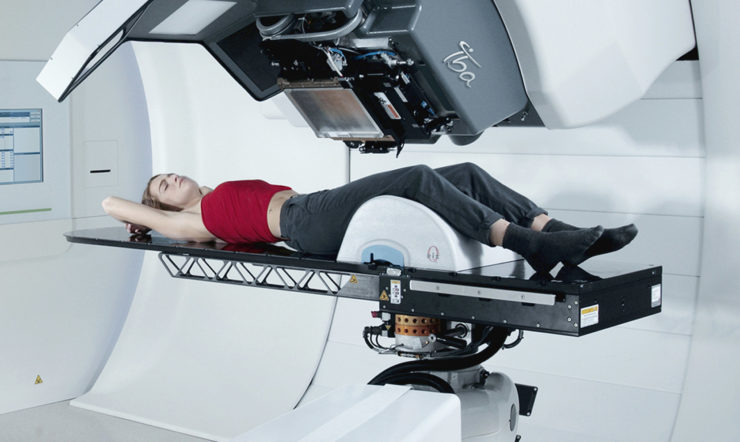Nurses make up around 70% of the healthcare workforce, providing the vast majority of direct care to patients in the health service.
But despite playing such a major role, the job of nursing is becoming more and more challenging and the churn rate is increasing. Demographics show that the population is aging across Europe, with chronic disease on the rise too, placing more strain on nurses than ever.
Technology can help to support this stretch on nurses. That’s why Microsoft has been interviewing nurses and nurse managers from six hospitals in six different countries across Western Europe. The objective was to identify key challenges that nurses face, which can potentially be resolved through smart digital solutions.
Here we look at some of the main challenges identified by the research and the smart solutions that can address them.
Challenge #1: Information isn’t always at hand when needed
Nurses want an overview of all the important information that’s relevant to the shift they’re working and the ward they’re working on. That means information on their team, patients, what is where on the ward, and any specific protocols.
Challenge #2: So much precious time gets lost on the ward
Time is the highest currency on the nursing ward. Yet much of it is lost on things like registration, searching for information, and walking between computers and patients’ beds. Additional time is wasted finding the right person or specialist to support patients due to manual searching. Nurses want that information at hand – and handsfree – whenever they need it.
Challenge #3: Information is lost between large nursing teams, which impacts care
Nursing teams are large and transient, with complex shift patterns making it hard to know who is in when. Within such an environment, critical information can easily get lost. Nurses need an overview of all relevant patient care information, either near the bedside or on a laptop.
Challenge #4: Chief nurses need flexible nurse staffing
Managing nurses can present as much of a challenge as the nursing itself. Making sure the right nurse is on the right task and with the correct patient is critical to ensuring that staff are able to respond quickly to changes on the ward. They also need to be able to monitor the workload of the ward and be able to drill into information about every shift.
Smart solutions that can be created now
For every challenge, there is a smart solution. And we found that easy-to-use dashboards that are available on mobile devices would be an effective way of addressing many of the challenges identified by the research.
Such dashboards can be created by and for nursing staff easily using the Microsoft Power Platform. By using Microsoft Teams as the collaboration fabric for solutions like the Power Platform or even partner solutions such as Nuance, nurses across Europe can unlock more efficient ways of working that can make their lives – and the lives of their patients – better.
Preparing and monitoring patients better
Smart solutions can have positive impacts that go beyond nurses and chief nurses, benefiting the patients too. Applications that encourage patients and relatives to engage with the health service before they arrive create a culture of self-management and better prepare both patients and staff for what to expect during their visits. They can also be used post-discharge to ensure that monitoring and support continue at home.






















